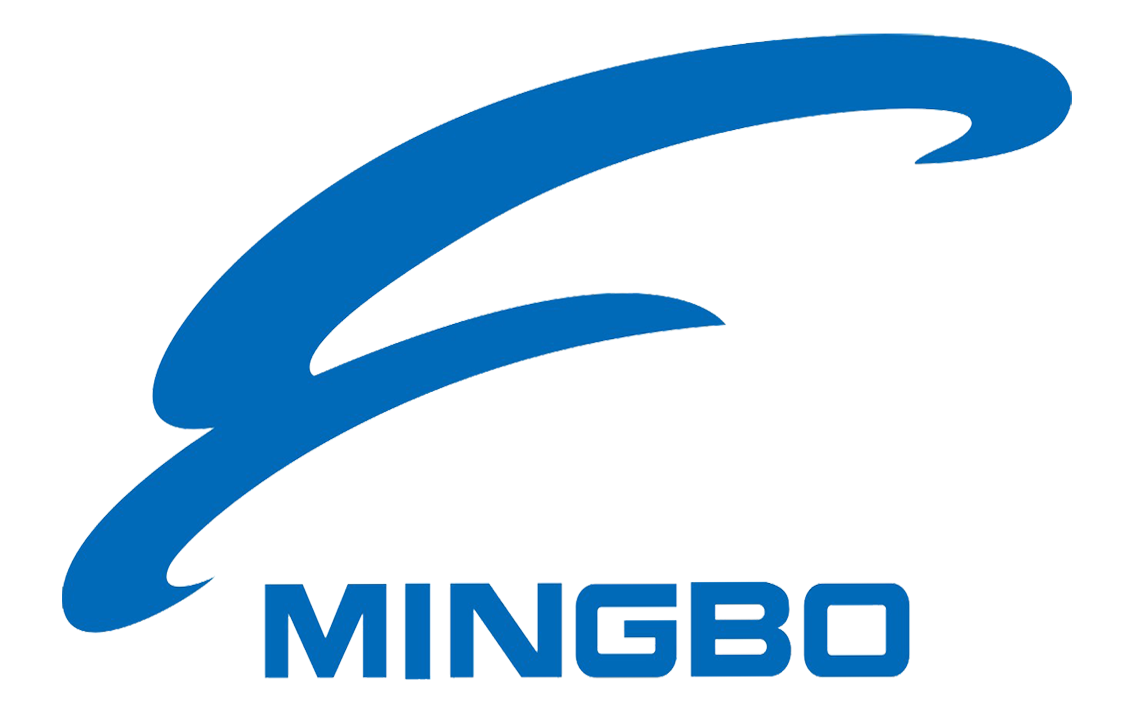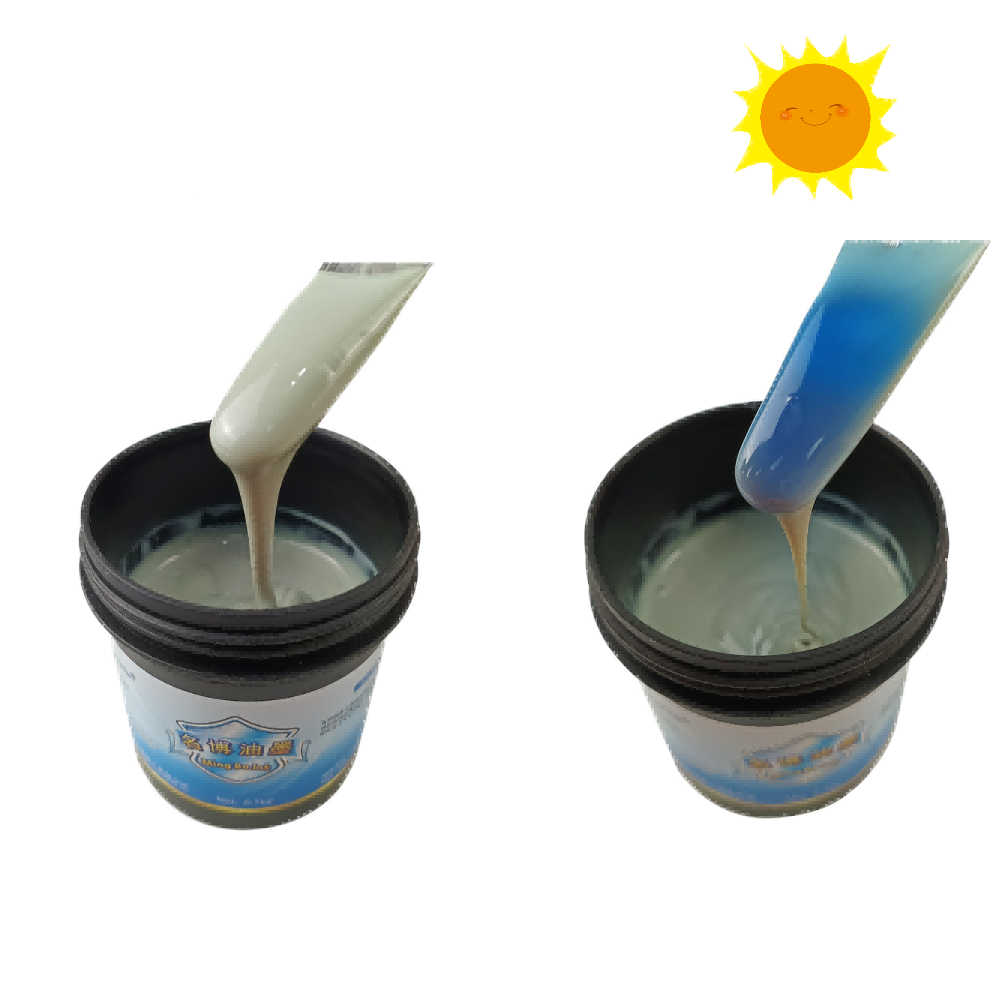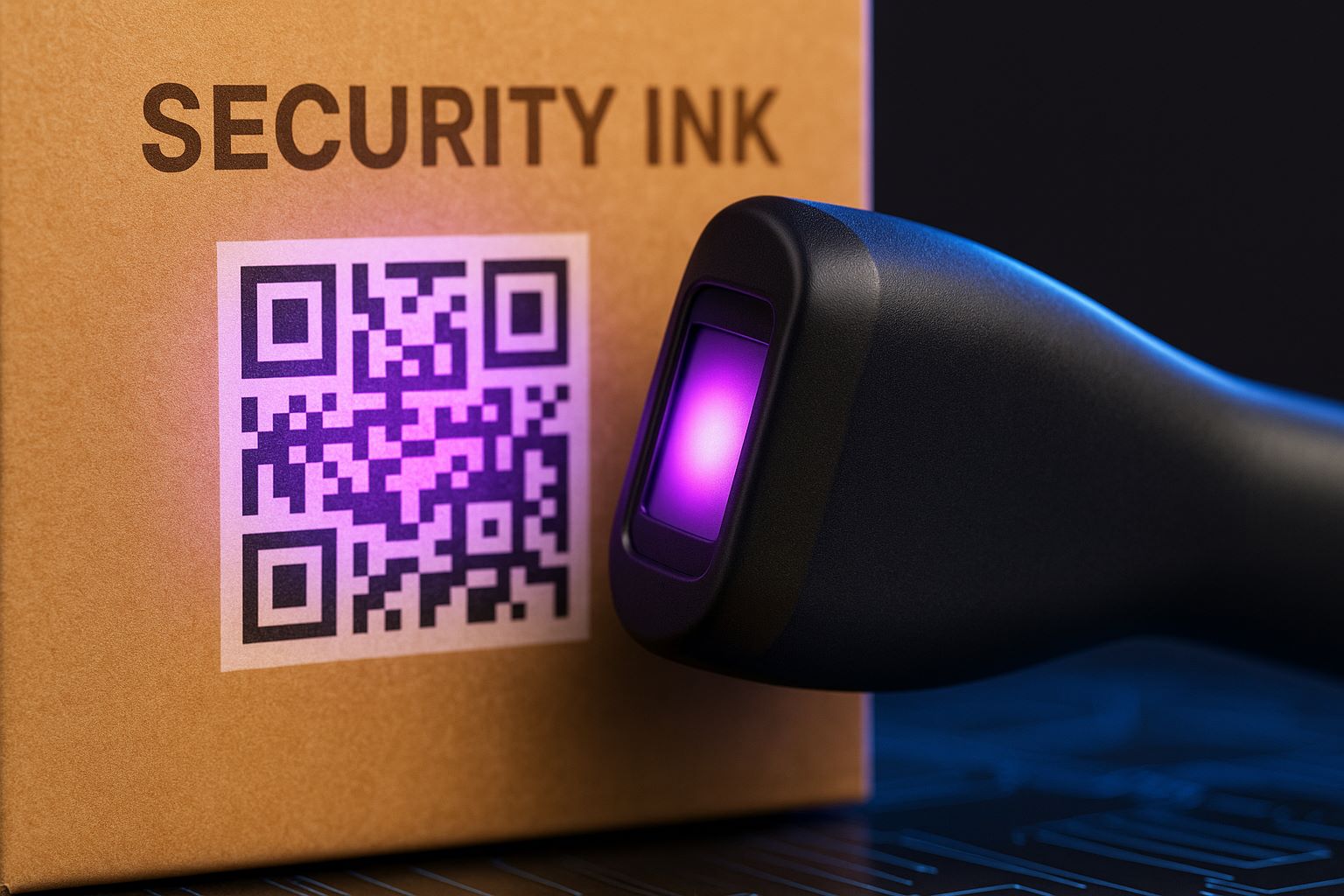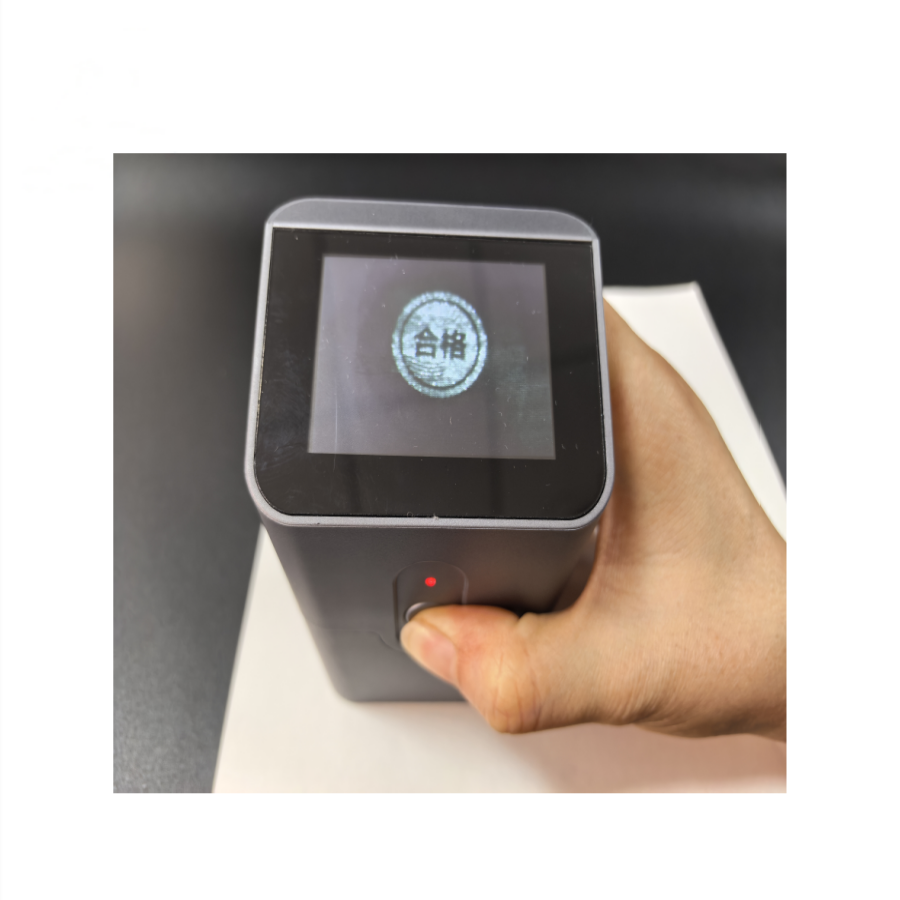Why Anti‑UV Sublimation Ink Is Vital for Outdoor Decorative Printing
In a world driven by aesthetics and visual branding, the demand for long-lasting, high-impact outdoor prints has reached new heights. From outdoor flags and promotional banners to signage and furniture wraps, printed visuals are now expected to retain their brilliance even in harsh sunlight. However, the single biggest enemy of outdoor printing remains unchanged: ultraviolet (UV) radiation.
This is precisely where anti‑UV sublimation ink enters the conversation—not as an optional upgrade, but as a critical component of reliable outdoor decorative printing. At Mingbo, we specialize in developing high-performance ink formulations that combine color vibrancy with unmatched UV resistance. In this article, we explore the science, necessity, and applications of fade-resistant sublimation ink, and why it’s an essential investment for both commercial and industrial use.
Understanding the Sublimation Printing Process
Before diving into the role of UV resistance, it’s important to revisit how sublimation printing works. Sublimation is a heat-based process where specially formulated inks are transformed from solid to gas without becoming liquid. These inks penetrate the surface of polyester-based materials and bond at the molecular level, ensuring a permanent, vibrant image.
Unlike surface-level printing, sublimation dyes become part of the substrate. This results in smooth finishes, exceptional resolution, and long-term durability—especially for fabrics, metal sheets, coated ceramics, and outdoor signage.
However, the heat and chemistry involved are only part of the durability equation. When exposed to sunlight, the embedded dyes begin to degrade unless reinforced with UV-resistant additives. This is where traditional sublimation falls short in long-term outdoor use.
The Problem with UV Exposure in Outdoor Prints
Ultraviolet light is invisible but highly destructive. It gradually breaks down the molecular bonds within dyes, causing colors to fade, yellow, or shift over time. Outdoor installations suffer most, especially in regions with year-round sunshine or high UV index levels.
For businesses and decorators investing in outdoor sublimation, fading colors translate into reduced brand credibility, increased reprint costs, and loss of visual impact. No matter how durable the base material is, without fade-resistant heat transfer ink, prints cannot retain their intended design integrity.
The damage isn’t just visual—it’s also functional. In applications like sports apparel, flags, exterior displays, or branded gazebos, faded prints quickly lose consumer appeal and become liabilities.
What Makes Anti‑UV Sublimation Ink Different
To address this critical issue, Mingbo’s anti‑UV sublimation inks incorporate high-grade lightfast pigments and proprietary UV absorbers. These additives work by shielding the dye molecules from the damaging effects of solar radiation. They absorb and dissipate UV energy before it can reach the pigment core.
Unlike conventional sublimation dyes, which typically begin fading after a few weeks of continuous exposure, our UV-resistant sublimation inks maintain color vibrancy for months—often up to a year or more—depending on environmental conditions and substrate type.
Moreover, our formulations undergo accelerated weather testing using Xenon arc chambers. These simulations confirm superior performance under prolonged UV exposure, fluctuating humidity, and outdoor heat conditions.
Performance Advantages of Fade-Resistant Heat Transfer Ink
So, what exactly sets fade-resistant heat transfer inks apart in real-world usage? The benefits go beyond basic color longevity:
-
Improved Print Lifespan: Colors remain vivid and accurate even under intense sunlight.
-
Reduced Maintenance Costs: Reprints are minimized, preserving resources and time.
-
Stronger Brand Consistency: Visual identity remains intact in all lighting conditions.
-
Wider Application Versatility: Inks perform across textiles, metal, plastic, and coated boards.
-
Greater ROI for Outdoor Advertising: Every print cycle delivers extended exposure value.
Whether it’s for a resort banner, outdoor café umbrella, or festival tent, anti-UV inks reduce risk and maximize impact.
Applications That Demand Anti‑UV Sublimation Ink
Today’s outdoor printing market spans multiple industries—each with specific performance needs. From small-format boutique products to large-scale public installations, anti‑UV sublimation ink proves essential.
Outdoor Signage:
Signs often face direct exposure, especially in commercial districts, resorts, and highways. Anti-UV inks ensure that important brand messages remain legible and eye-catching over time.
Textile Displays:
Event tents, sportswear, and outdoor cushions all rely on dye-sublimated polyester. Without fade-resistant ink, fabric-based prints become dull and outdated within weeks.
Promotional Flags and Banners:
Movement and light exposure degrade banners quickly. Anti-UV sublimation inks maintain sharpness and contrast despite weather exposure.
Ceramic Tiles and Architectural Panels:
Heat transfer inks are now used on coated hard surfaces for decorative and commercial use. UV resistance guarantees that patterns won’t fade or distort with time.
Outdoor Furniture Wraps:
Custom-printed outdoor furnishings are a growing trend. These need both durability and aesthetic strength—a balance provided only by UV-stable sublimation.
Science Behind Mingbo’s UV-Resistant Ink Formula
At Mingbo, our R&D labs use advanced polymer chemistry and light-scattering theory to engineer fade resistance at the molecular level. Every batch of anti‑UV sublimation ink contains:
-
Lightfast Pigments: Stable dye molecules rated for ≥6 Blue Wool Scale.
-
UV Stabilizers: Organic compounds that capture solar radiation.
-
Antioxidant Carriers: Prevent chemical breakdown over time.
-
Custom Binders: Optimize penetration and bonding with polymer surfaces.
These compounds work in tandem to create a dye system that resists photodegradation while preserving sharp detail and consistent hue. Through rigorous lab testing and field validation, we’ve engineered an ink that balances visual quality with industrial resilience.
Why Traditional Sublimation Inks Fail Outdoors
To understand the necessity of anti‑UV inks, it’s important to consider the limitations of traditional formulations. Standard sublimation inks are designed for indoor use. They prioritize color range and transfer efficiency but lack environmental resistance.
Under prolonged UV exposure, these inks degrade rapidly. Reds often fade first, followed by blues and blacks. After only a few weeks, the result is a washed-out, ghosted print—a far cry from the designer’s original vision.
Additionally, some traditional inks include volatile solvents or poorly stabilized carriers. These contribute to accelerated oxidation and breakdown, particularly under variable temperatures and moisture.
In contrast, Mingbo’s fade-resistant sublimation ink is engineered from the ground up for hostile outdoor conditions.
Eco-Friendly and Sustainable by Design
While performance is paramount, sustainability is no less crucial. At Mingbo, our UV-stable sublimation inks meet international environmental safety standards and contain no harmful solvents or heavy metals. They are REACH-compliant and formulated with minimal VOC content.
We also offer refill systems that reduce cartridge waste and support bulk ink use, making our solution both effective and eco-responsible. Outdoor printing should not come at the cost of ecological impact—our inks prove that high performance and sustainability can coexist.
How to Optimize Outdoor Sublimation Printing Results
Even the best ink needs proper handling. For optimal results with anti‑UV sublimation ink, we recommend:
-
Use high-polyester content substrates for maximum dye bonding.
-
Apply correct heat and pressure during transfer to ensure molecular integration.
-
Use compatible coatings on metal and hard surfaces to retain vibrancy.
-
Store ink in cool, sealed conditions to maintain chemical integrity.
-
Use ICC profiles calibrated for UV-ink to achieve accurate color balance.
By following best practices, printers can extend the outdoor lifespan of their designs, ensuring brand visuals stay sharp and stunning across seasons.
Conclusion: Outdoor Prints Deserve Better Protection
In the modern era, decorative printing isn’t confined indoors. From city billboards to beach resorts, outdoor visuals define identity, inform customers, and create experiences. But none of that matters if the image fades.
That’s why anti‑UV sublimation ink isn’t a luxury—it’s a necessity. It ensures that designs remain true to their intended brilliance, even under punishing UV exposure. It empowers brands to deliver long-term impact and protects their creative investments.
At Mingbo, we continue to innovate at the intersection of chemistry, color, and climate. Our mission is to help every designer, decorator, and commercial printer achieve consistent, vibrant, and reliable results—no matter where the sun shines.
Because in outdoor sublimation printing, lasting beauty starts with the right ink.



